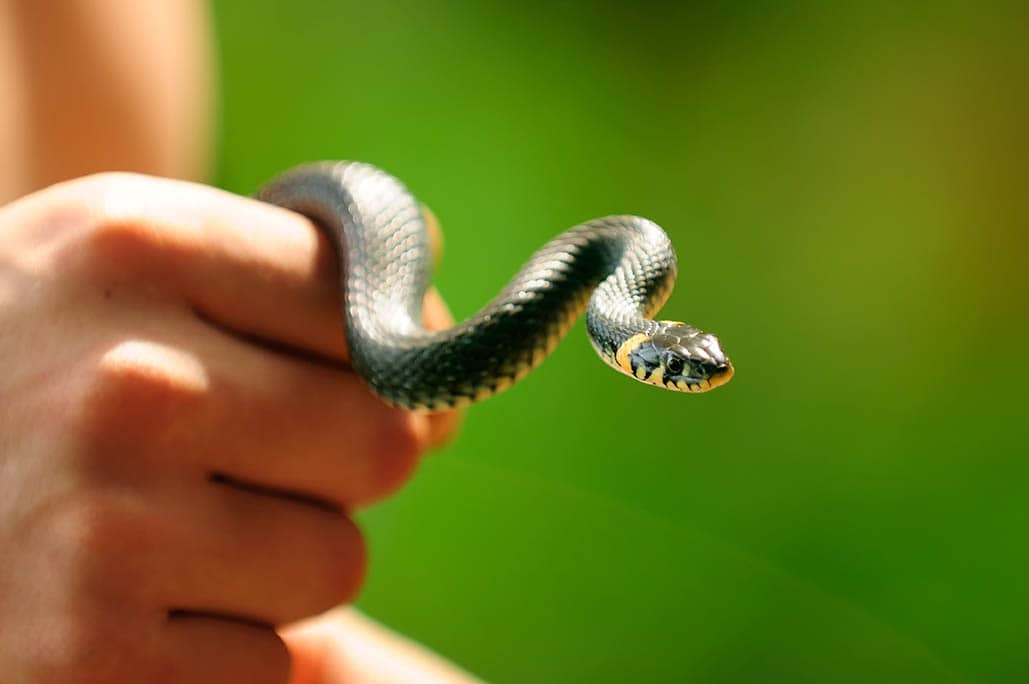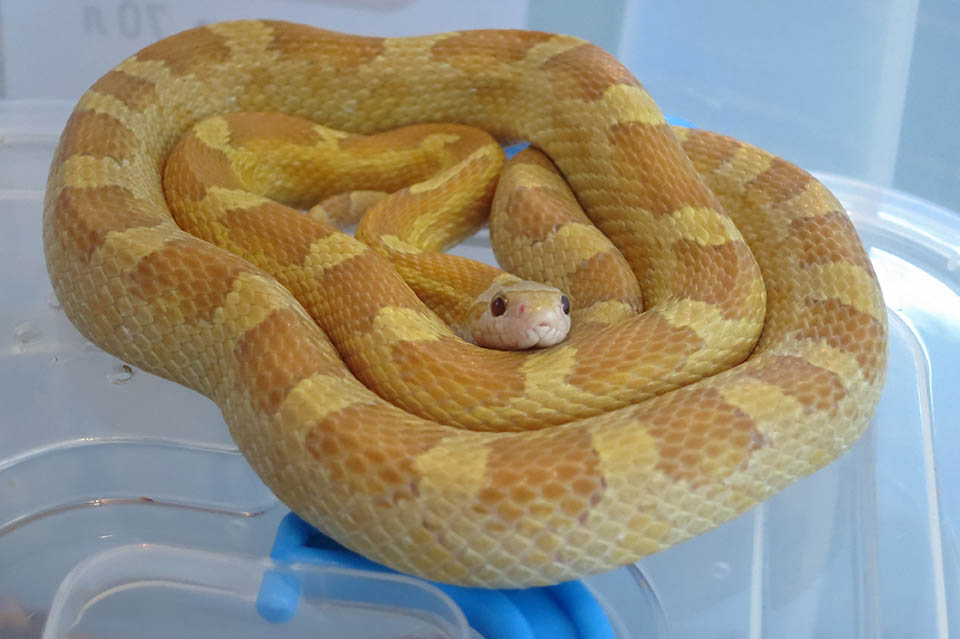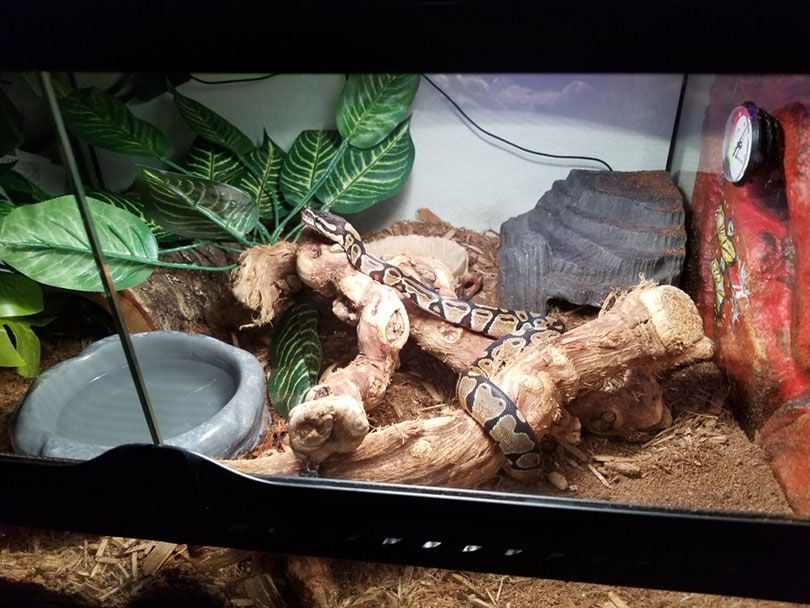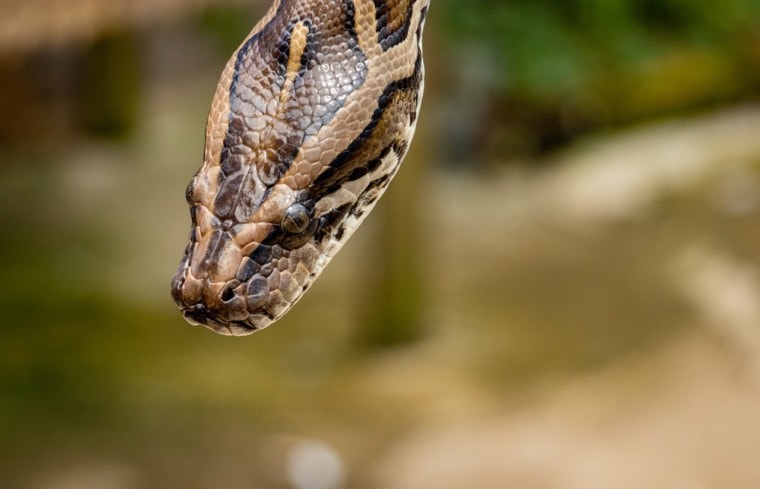
If you’ve never owned a snake as a pet, you might not know about their feeding habits. Snakes in the wild eat a far more diverse diet than snakes in captivity, but they do eat the same types of foods for the most part. For pet snakes, mice in various life stages—from 1 day old to full-size adults—are the main course, though they can eat many other animals.
While snakes mainly eat mammals, they have no problem branching out and eating other types of animals, such as frogs, lizards, birds, and other snakes. Snakes will even eat eggs if the opportunity arises. But will a snake attack and eat a rabbit? The answer is yes, absolutely. Snacks can attack and eat rabbits. However, there’s a caveat to this, so read on to learn more!
Obligate Carnivores
Snakes are obligate carnivores. This means they get all their nutritional needs met by eating other animals. They do not need to eat any type of plant matter to survive, such as fruits and vegetables.
As obligate carnivores, snakes are not known for being picky eaters. They’ll eat just about anything that they come across. This includes all orders of rodents and small mammals, including mice, rats, hamsters, gerbils, squirrels, chipmunks, prairie dogs, and rabbits. They’ll also eat frogs, toads, lizards, pigeons, sparrows, eggs, and much more. Let’s just say that snakes will rarely turn down a meal!
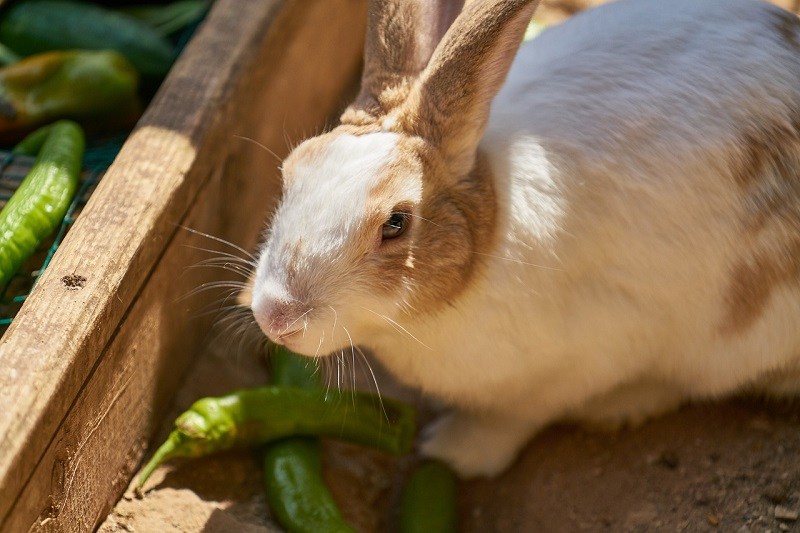
Jaw Gape
Even though snakes are willing to eat just about anything, they’re still subject to the laws of physics. No matter how much a snake may want to ingest a particular meal, if the animal won’t fit through the snake’s jaws, it can’t be eaten.
Thankfully for snakes, they have incredible jaw talents. Many people mistakenly think that snakes can dislocate their jaws to eat larger prey, but this is actually a myth, though it’s one based in reality. If you’ve ever seen a snake eat something far larger than its own head, you’ll know that it does look like the snake’s jaw is dislocating.
In reality, snakes have jaws that are quite different from our own. A snake’s upper and lower jaws are not connected, so they can open their jaws to astounding widths. In essence, there’s nothing to dislocate because their jaws don’t normally connect in any way.
This enables them to eat prey that’s many times larger than their own girth. Once a snake feeds, it won’t do much moving for a few days while the meal digests. Immediately after feeding, you can likely see the gigantic bulge in the snake’s body where the meal is sitting.
Size Matters
Despite the snake’s appetite for any living creature that can fit in its mouth, there’s still something stopping most snakes from eating rabbits. Rabbits are quite large compared to other small mammals. Think about how much larger a rabbit is than a squirrel, for instance. In order for a snake to eat a rabbit, that snake would have to be pretty sizable.
That said, there are plenty of snake species that are perfectly capable of eating full-size rabbits. Also, rabbits are much smaller when they’re babies, and this is when snakes in the wild will often feed on them. Furthermore, even if a snake cannot physically eat a rabbit, they’re usually strong enough to constrict, strike, or kill the rabbit regardless.
Some snake keepers and breeders that deal with large breeds like the Burmese Python have been known to use rabbits as a cheap and available food source for their snakes. However, most snake species are only large enough to eat rabbits when they’re babies.
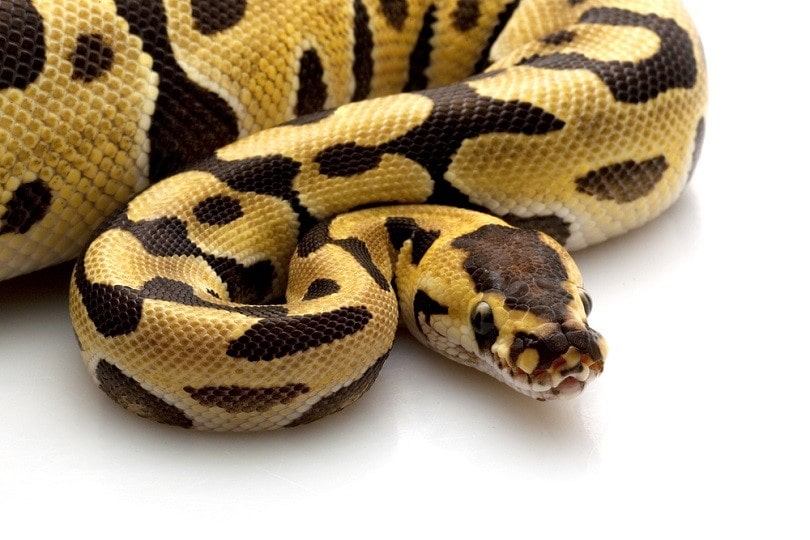
Final Thoughts
While it’s not that common, snakes can attack and eat rabbits. Neither baby nor full-size rabbits are safe from snakes; even if they don’t fit in a snake’s mouth, they can still be killed by it. Also, large breeds like Anacondas and Burmese Pythons can make an easy snack of an adult rabbit if the opportunity ever presents itself.
Related Reads:
- Do Raccoons Attack and Eat Rabbits?
- What Do Snakes Eat in the Wild and as Pets?
- How Do Snakes Poop and Pee? Vet-Approved Anatomy & Physiology Information
Featured Image Credit: Tomás Malík, Pexels




